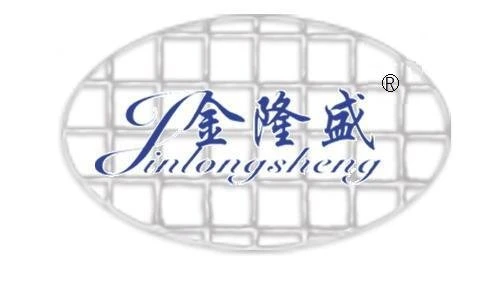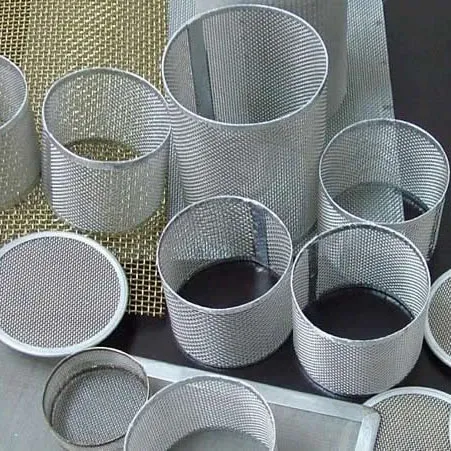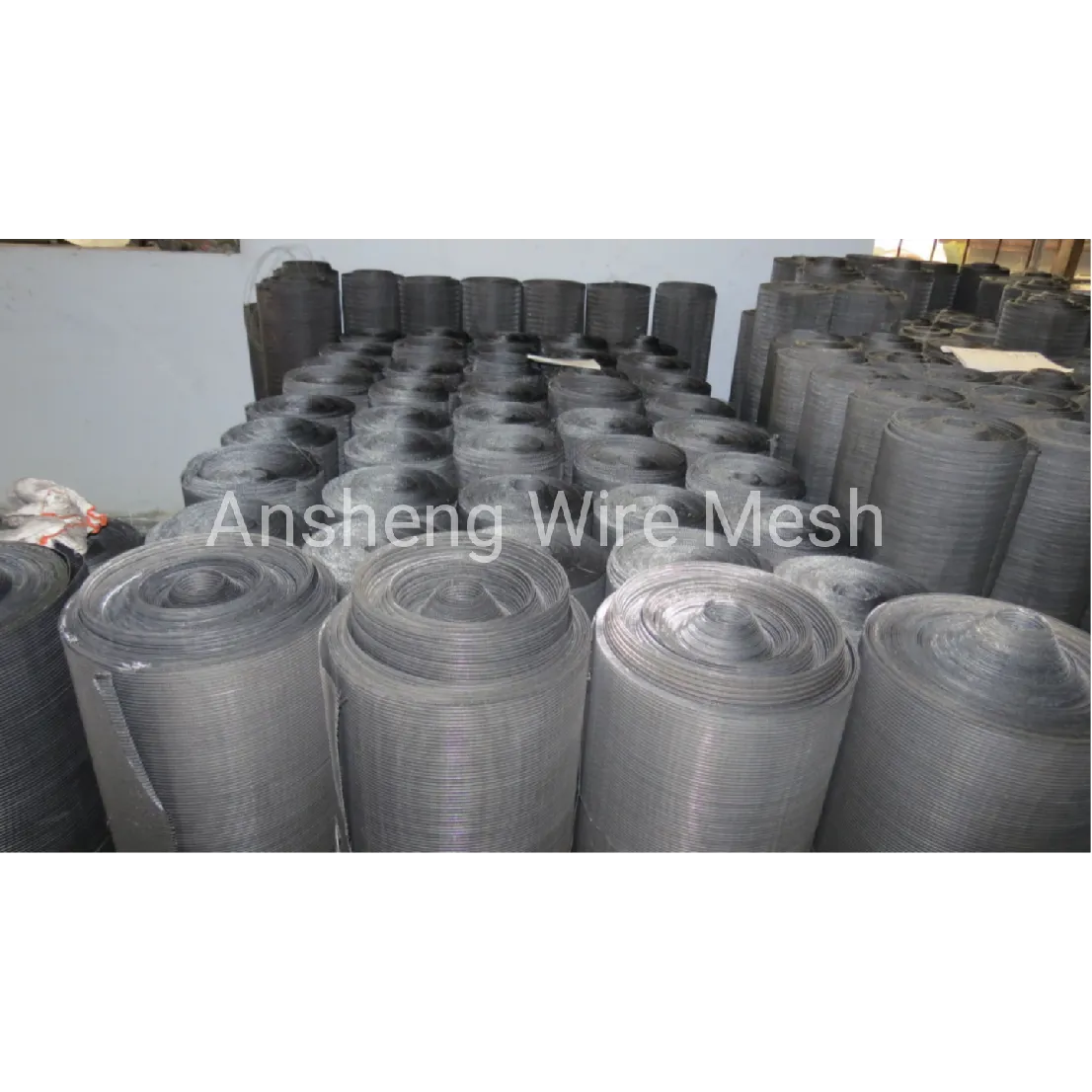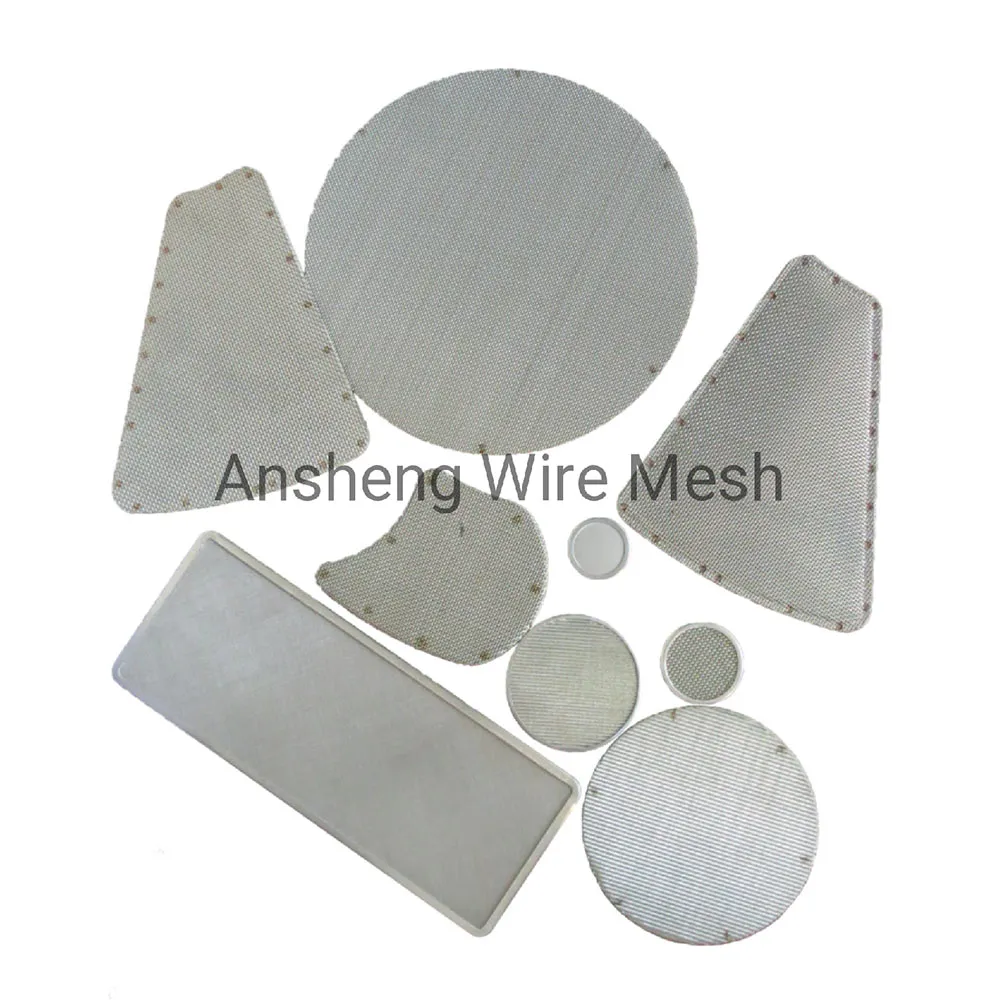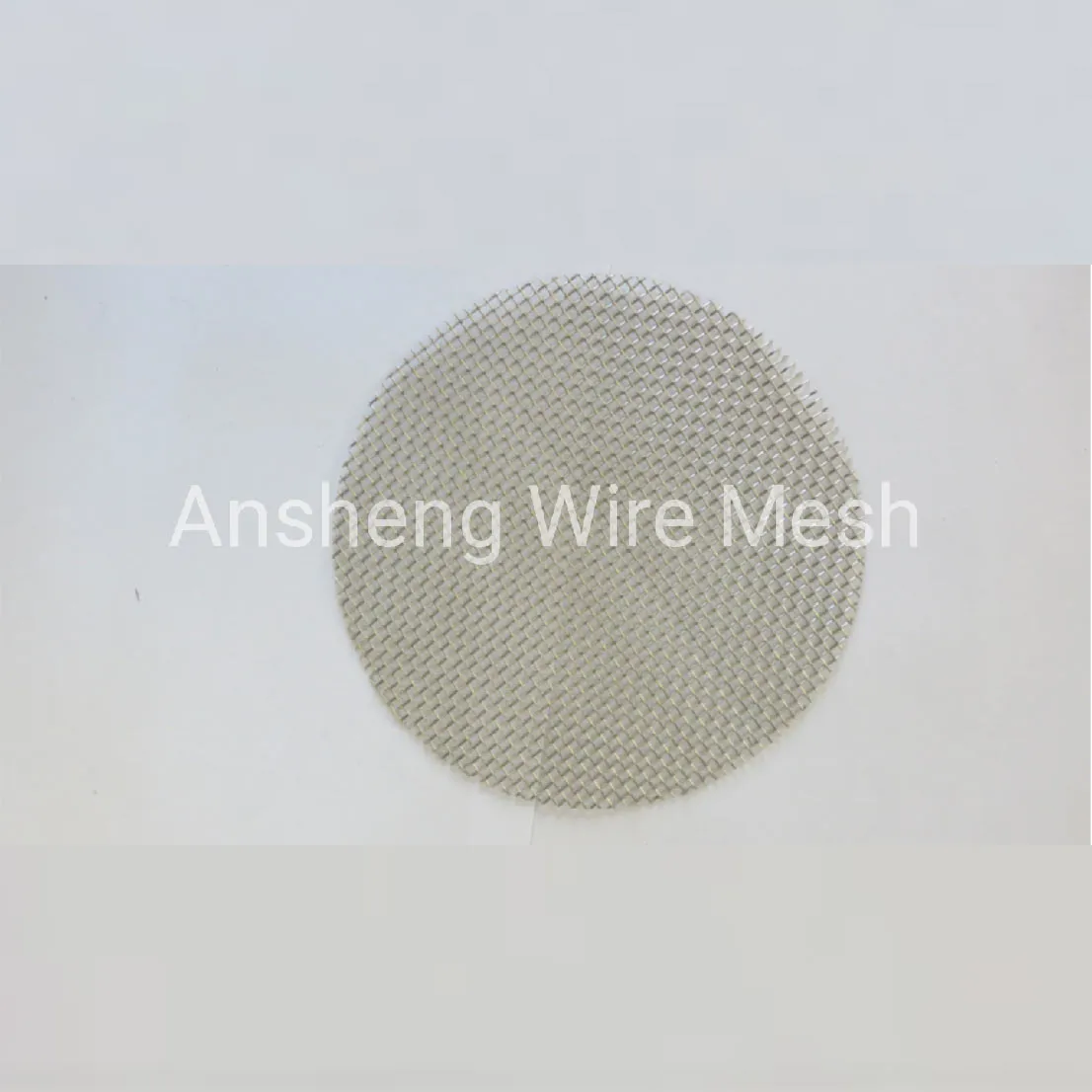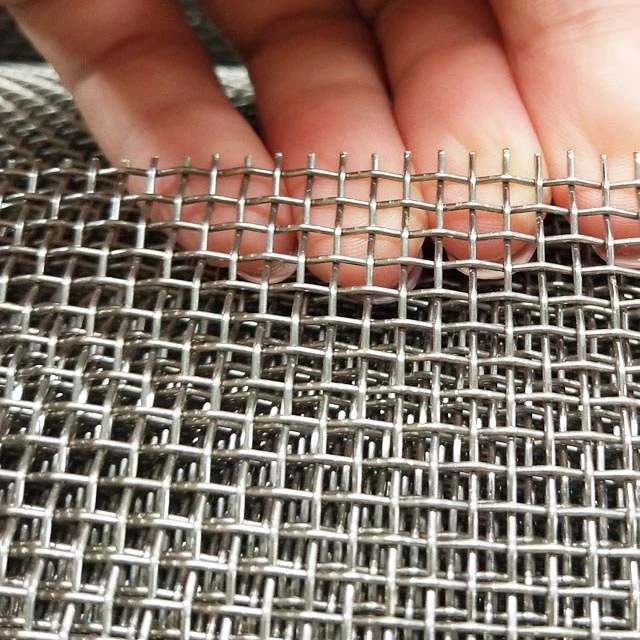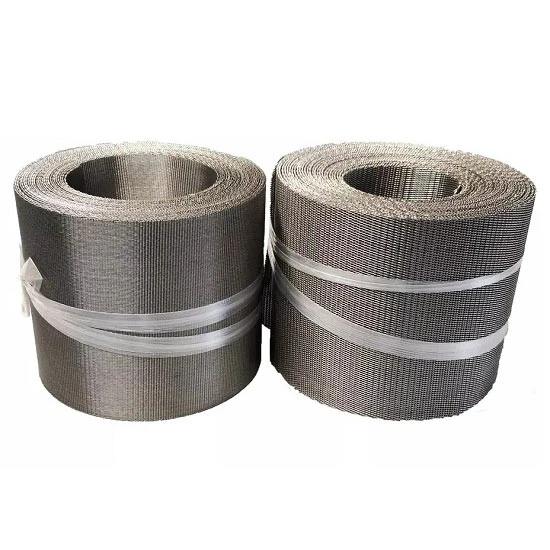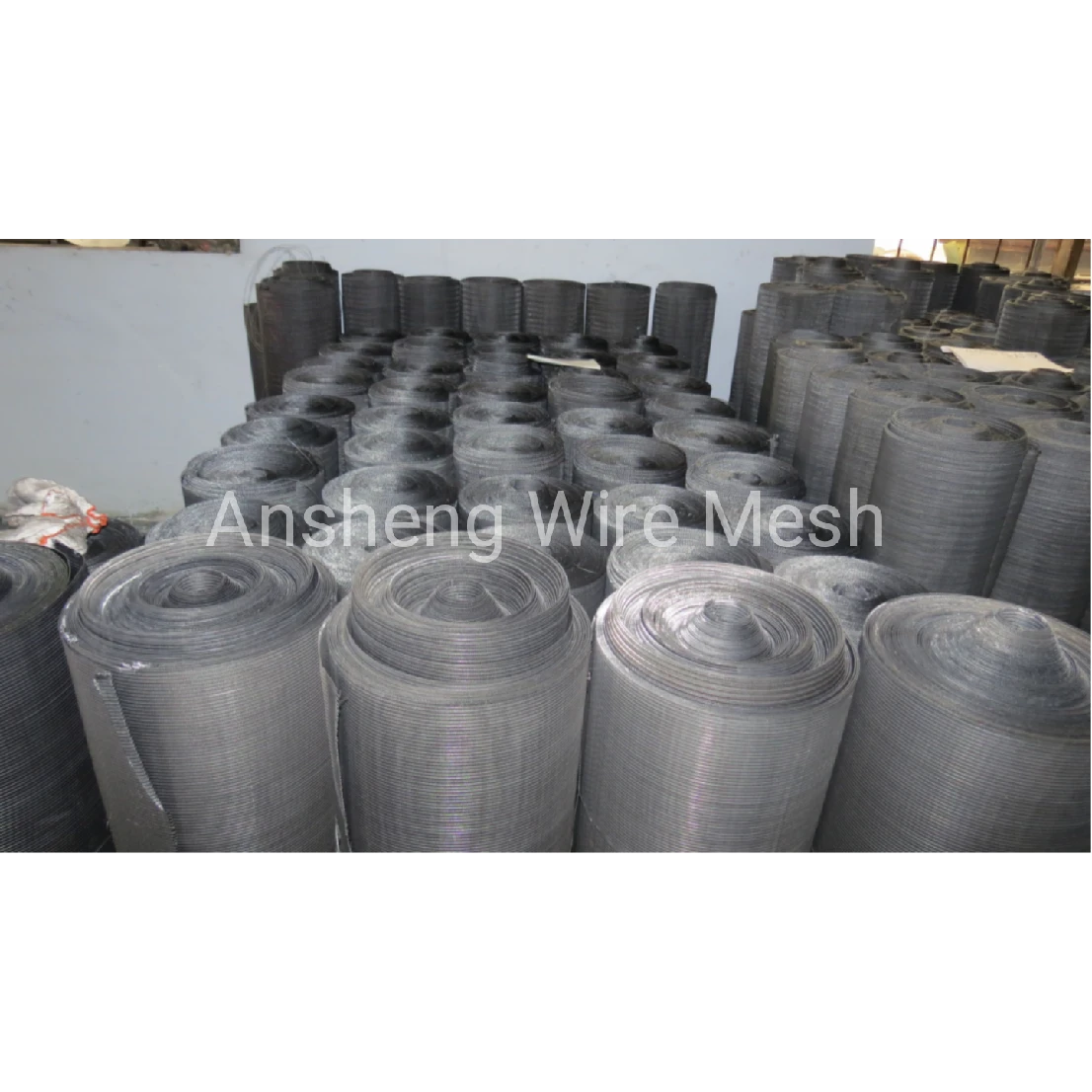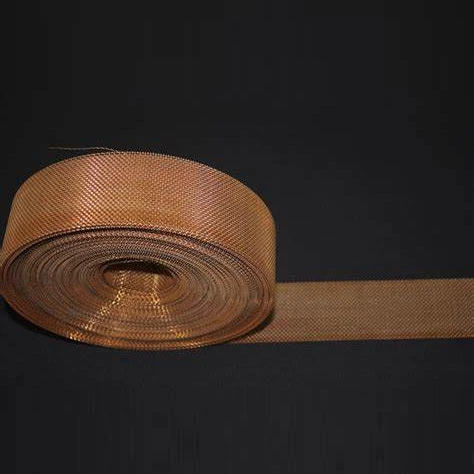Understanding the Stainless Wire Mesh Screen: A Global Perspective
Stainless wire mesh screens might seem like a simple industrial product at first glance — just woven metal wires, right? But once you start scratching the surface, they’re much more critical than you might imagine. Worldwide industries depend heavily on these meshes for filtration, security, and structural purposes. Understanding how stainless wire mesh screens work, their benefits, and applications doesn’t just interest engineers but touches everything from sustainable infrastructure to humanitarian aid.
The global significance of stainless wire mesh screens
According to ISO standards and reports from global manufacturing bodies, the demand for robust and corrosion-resistant screening materials is growing annually by close to 5-6%. This is no surprise since stainless wire mesh screens deliver durability and versatility needed across sectors. Considering the United Nations’ increased push for sustainable materials and resilient infrastructure, these mesh screens provide a technically elegant solution. Industries such as mining, chemical processing, and even environmental management rely heavily on these materials to address challenges like contamination control and resource filtration.
Frankly, what’s fascinating is how this unassuming product ties directly into larger global challenges — from clean water access to pollution control. Sometimes, innovation starts with something as simple as a refined wire mesh.
What exactly is a stainless wire mesh screen?
In simple terms, a stainless wire mesh screen is a grid made by weaving or welding stainless steel wires into a net-like panel. Thanks to stainless steel’s inherent resistance to rust and chemical damage, these meshes maintain structural integrity in harsh environments. Typically, the mesh size, wire diameter, and weave type can be customized depending on the purpose — whether filtering tiny particles or providing security fencing.
These screens serve an essential role today in industries as diverse as food processing, pharmaceutical manufacturing, mining, and even architectural design when aesthetics and function combine. Oddly enough, the link between this material and humanitarian needs is robust too — think disaster relief filtration or refugee housing reinforcement.
Key aspects shaping the stainless wire mesh screen’s value
1. Durability and Corrosion Resistance
Stainless steel’s chromium content creates a self-healing oxide layer, which means these screens can withstand exposure to chemicals, moisture, and extreme temperatures without degrading. This property extends their life cycle, especially in marine or industrial environments.
2. Versatility in Design and Size
From very fine mesh sizes used to filter microscopic particles to heavy-duty panels for fencing, the customization options are vast. This versatility means one product can serve sectors with widely different needs — all while maintaining performance integrity.
3. Cost Efficiency Over Time
While the initial investment might be higher compared to cheaper wire mesh alternatives, stainless steel’s long lifespan reduces maintenance and replacement costs. Over years, this proves more economical.
4. Environmental Sustainability
Stainless steel wire mesh is highly recyclable and often made from recycled materials. This aligns with global trends toward circular economy policies advocated by entities like the UN Environment Programme.
5. Safety and Hygiene
In food processing or medical applications, stainless wire mesh screens prevent contamination and withstand cleaning protocols, helping maintain high hygiene standards.
Where are stainless wire mesh screens used globally?
The applications of stainless wire mesh screens span continents and sectors. In Asia’s booming electronics manufacturing hubs, fine meshes filter airborne particles, ensuring clean room environments. In Europe, mining companies use coarser meshes for ore screening, crucial for resource extraction efficiency. Meanwhile, humanitarian agencies in Africa and South America utilize these meshes in water filtration and temporary shelter reinforcement.
For instance, during flood seasons in Southeast Asia, NGOs deploy stainless steel filtration units that incorporate these mesh screens to provide potable water rapidly. In remote Arctic industrial sites, mesh screens protect vital equipment from debris without frequent replacement. You’ll notice their presence – quietly doing the heavy lifting – behind the scenes in many critical infrastructures.
Stainless wire mesh screen product specification table
| Specification | Range / Options | Typical Use Case |
|---|---|---|
| Wire Diameter | 0.05 mm – 5 mm | Fine filtration to heavy-duty screening |
| Mesh Opening Size | 0.1 mm – 50 mm | Filtering, sieving, protective barriers |
| Material Grade | SS304, SS316, SS310 | Corrosion resistance, high temperature tolerance |
| Weave Type | Plain, Twill, Dutch Weave | Filtration accuracy, strength, flexibility |
| Panel Size | 0.5m x 0.5m to 2m x 6m | Modular screening solutions |
Comparing stainless wire mesh screen vendors: What to consider
| Feature | Vendor A | Vendor B | Vendor C |
|---|---|---|---|
| Material Grades Offered | SS304, SS316 | SS304, SS310 | SS316, SS310 |
| Customization Options | High (wire size, weave, panel size) | Medium (limited mesh size variants) | High (bespoke orders, special coatings) |
| Lead Time | 2-3 weeks | 4-5 weeks | 3 weeks |
| Global Shipping | Yes | No | Yes |
| Sustainability Certifications | ISO 14001 | None | ISO 14001 & LEED compliant |
The advantages of stainless wire mesh screens in the long run
One of the biggest advantages is peace of mind. These screens provide reliability day in, day out, even in punishing environments. The cost savings come not just from durability but reduced need for frequent cleaning or replacement. Many industries report lower downtime and better operational flows when switching to stainless wire mesh screens. Plus, the environmental benefits align with growing corporate social responsibility trends, which feels good on both a business and human level.
I’ve talked with engineers who tell me that projects using these screens often enjoy a smoother permitting process — regulators love the safety and sustainability angle. Also, if you work in a sector where hygiene matters, like food or pharma, the screens’ cleanability assures product quality and consumer trust.
Looking ahead: Future trends shaping stainless wire mesh screens
Innovation never rests. The next wave involves nano-material coatings that repel biofilms and reduce microbial contamination. Automation is also impacting production efficiencies, allowing even more precise mesh specifications at scale. On the policy side, sustainability standards like the EU’s Green Deal push manufacturers to incorporate recycled content and reduce carbon footprints.
Moreover, digital twin modeling can simulate mesh performance before production, saving time and improving customization. And interestingly, I recently heard of mesh screens integrated with IoT sensors — to monitor wear and tear remotely. That’s a game-changer for preventive maintenance.
Challenges and practical solutions
Despite the strengths, stainless wire mesh screens face challenges. For example, selecting the wrong mesh size or weave pattern can hamper filtration or structural function. Then there’s installation complexity and costs in remote areas. But experts recommend partnering closely with vendors offering customization and support services to tailor solutions perfectly.
Plus, newer coatings and alloy blends are tackling abrasion and chemical resistance issues, extending functional lifespans even further. It feels like continuous collaboration between material scientists and engineers that really moves the needle here.
FAQ: Common questions about stainless wire mesh screens
- Q: How do I choose the right mesh size for my application?
- A: Consider the particle size you need to filter or the protective function required. Vendors often provide charts that relate mesh opening sizes to particle diameters—also think about flow rate and material type.
- Q: Can stainless wire mesh screens be used outdoors in harsh climates?
- A: Absolutely. Stainless steel’s corrosion resistance makes it ideal for outdoor use, even near saltwater. Choosing a suitable grade like SS316 enhances durability in aggressive environments.
- Q: Are these screens suitable for food processing?
- A: Yes, they’re widely used in food production for sieving and filtration due to hygienic surface properties and ease of cleaning with sanitizers.
- Q: What about delivery times and customization?
- A: It varies by vendor but expect roughly 2-4 weeks for standard orders, longer for bespoke solutions. Many companies offer a range of options for mesh size, wire diameter, and panel dimensions.
- Q: How sustainable is stainless wire mesh?
- A: Very sustainable. Stainless steel is recyclable and using recycled content is common. The longevity minimizes waste from replacements, aligning with green manufacturing goals.
Wrapping up: Why stainless wire mesh screens truly matter
To put it simply, stainless wire mesh screens are a quietly powerful solution powering many industries worldwide. Their combination of durability, customization, and sustainability makes them a smart long-term investment. Whether you’re filtering critical resources or building durable infrastructure, this material really holds its own. If you want to explore product specs or get expert advice, you should definitely visit our stainless wire mesh screen page. Trust me, there’s a lot more happening beneath those woven wires than you might think.
Post time: Nov . 24, 2025 01:30
